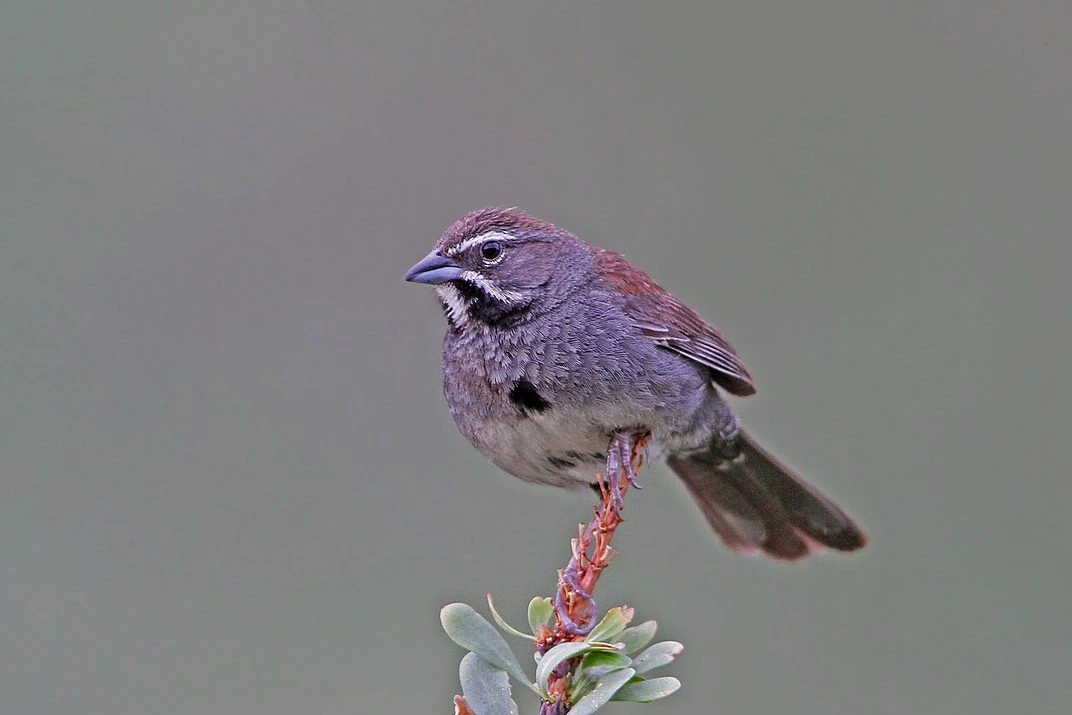The five vertical black and white stripes on the throats of five-striped Sparrows are a clear indication of their identity. Their eyes have a white outline and a white eyebrow. These stripes stand out because their bodies are typically gray.
A black mark on their gray chest is another feature. They have a plain brown back. The five stripes are less defined in juveniles, and males and females have the same colorings.
- Amphispiza quinquestriata
- Length: 15 cm (6 in)
- Weight: 20 g (0.7 oz)
- Wingspan: 23 cm (9 in)
Range
Northern Mexico and just across the US border are home to the five-striped Sparrow.
Habitat And Diet
In rocky hillsides, steep brushy slopes, thorn woods, and dry open woodlands, you may also find Five-striped Sparrows. Mesquite, acacia, hackberry, and ocotillo are preferred vegetation. On the stems of the ocotillo, males like to sing their songs.
Insects are a favorite snack for five-striped Sparrows throughout the summer. Grasshoppers, caterpillars, ants, moths, and other insects are foraged for food on the ground or among shrubs. Seeds and berries are also a favorite snack for them. They don’t attempt to catch airborne insects, unlike other sparrows.
Nests
Five-striped sparrows nest in a group of grass or a low shrub, and their nests may be found up to five inches above the ground. As a way to deter predators, the female makes a nest of grass and animal hair, while the male sings persistently.
After about thirteen days, females lay up to four eggs that hatch. Even though they can only fly for a short distance, the young abandon the nest nine days after hatching.
Fun Fact:
Until the late 1950s, when they were discovered nesting in numerous places in Arizona, five-striped Sparrows were an unknown species.
